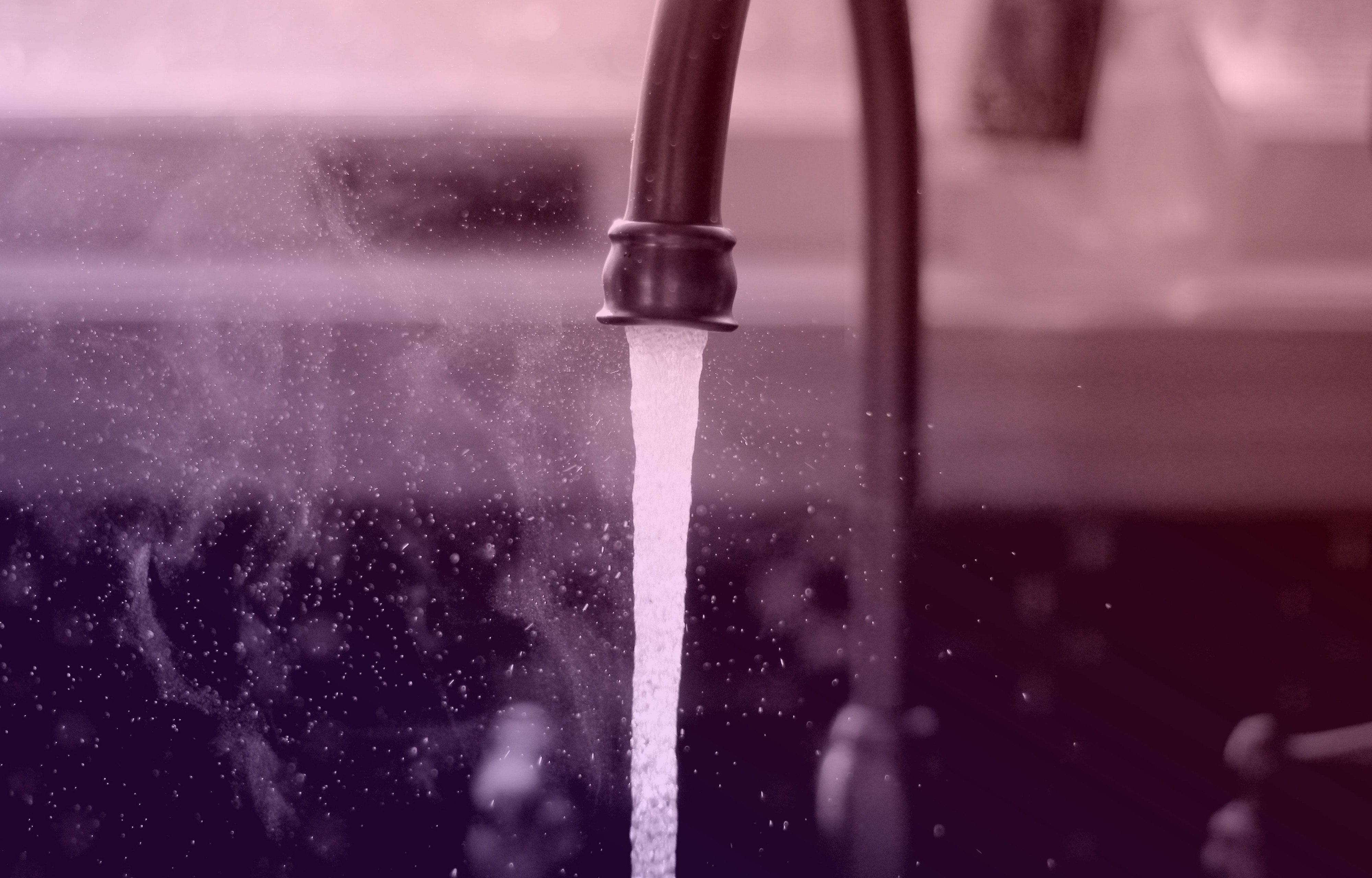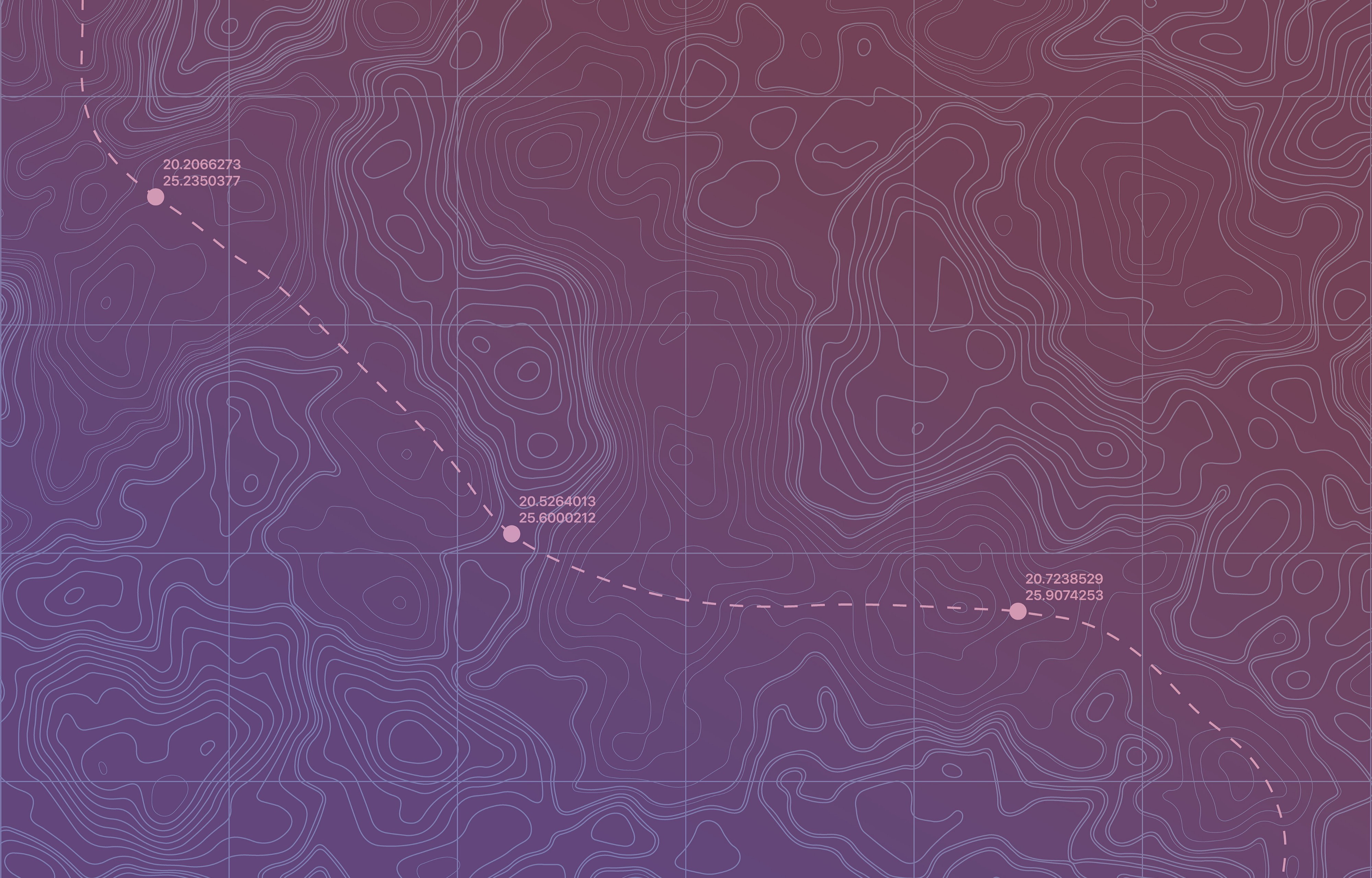In View:
How Alqami’s use of a single technology drives both profitability and environmental consciousness
Very few people think much about how the water gets to the shower head or the tap in the kitchen. They merely expect it to be there, and hot if desired.
There is actually quite a lot of technology that goes into ensuring that the water makes it to your tap consistently and clean. There are underground aquifers, lakes, streams and reservoirs all needed to be managed and maintained. There are over 340,000 km of water mains in the UK alone. Leakage in these pipes can be a major issue for both the environment and from a cost perspective; for the water authorities through to the end users.
Given the large distances between leak detection sensors (up to 50km in the countryside), finding and repairing leaks can be a time-consuming process. One water authority said that it takes them 12 days on average to find the leak using traditional methods, then assemble the right resources and machinery, in order to execute the project and fix the leak. With these environmental and cost concerns alone the industry is attracting regulatory focus and increased pressure is on the water authorities to reduce these times.

“…applying new applications for data technologies to help improve traditional processes…”
This is where Alqami saw an opportunity to develop a solution, applying new applications for data technologies to help improve traditional processes and reduce impact on the environment and costs.
With technology, named ‘synthetic aperture radar’, it is possible to detect soil moisture. We have partnered with one of the major satellite imaging companies across Europe for the delivery. In order to use satellite imagery for commercial purposes, a license from the European Space Agency (ESA) is required. Alqami have spent some time going through the due diligence process and have this month achieved ESA certification.

Instead of walking the length of the pipe looking for a leak, we take multiple pictures of the pipe a few hours apart from each other. The relative change in soil moisture along the pipe allows us to better detect a leakage and therefore assemble the right team in a much-reduced timeframe. This helps the water authorities tackle regulatory, environmental and cost pressures.